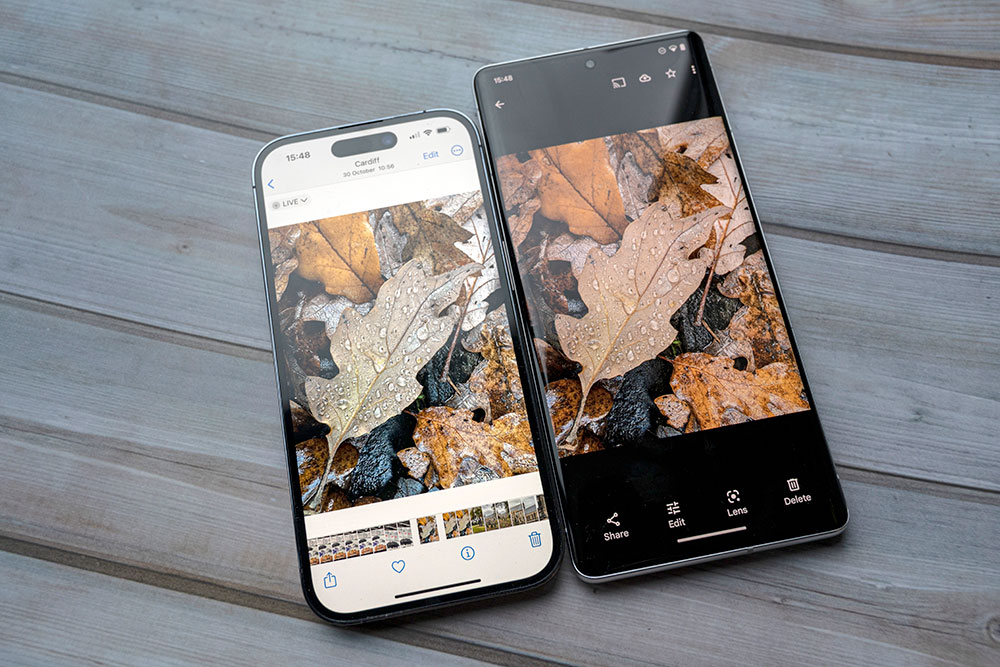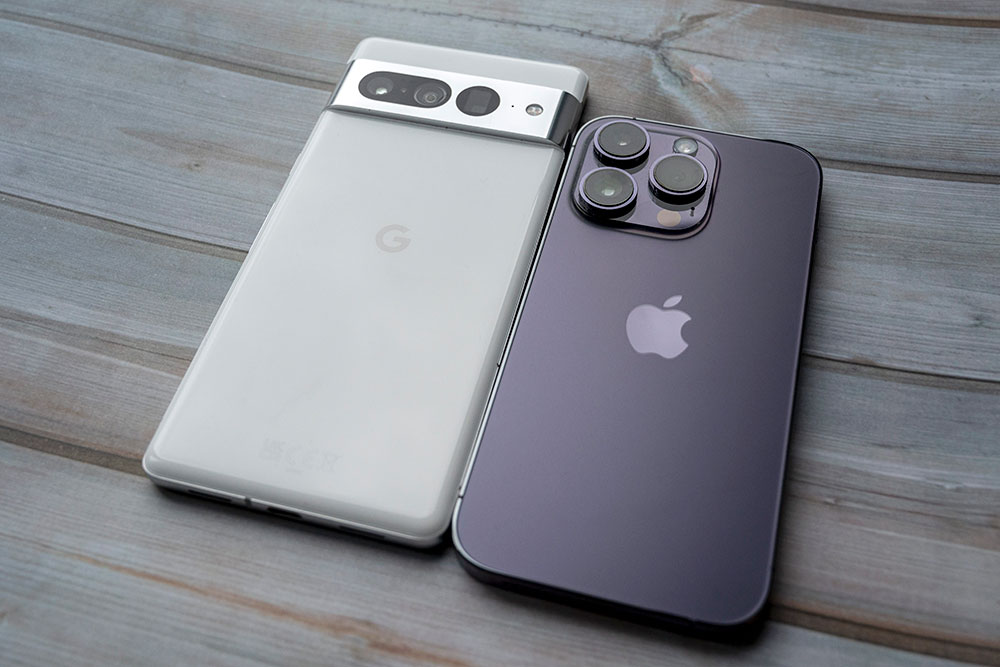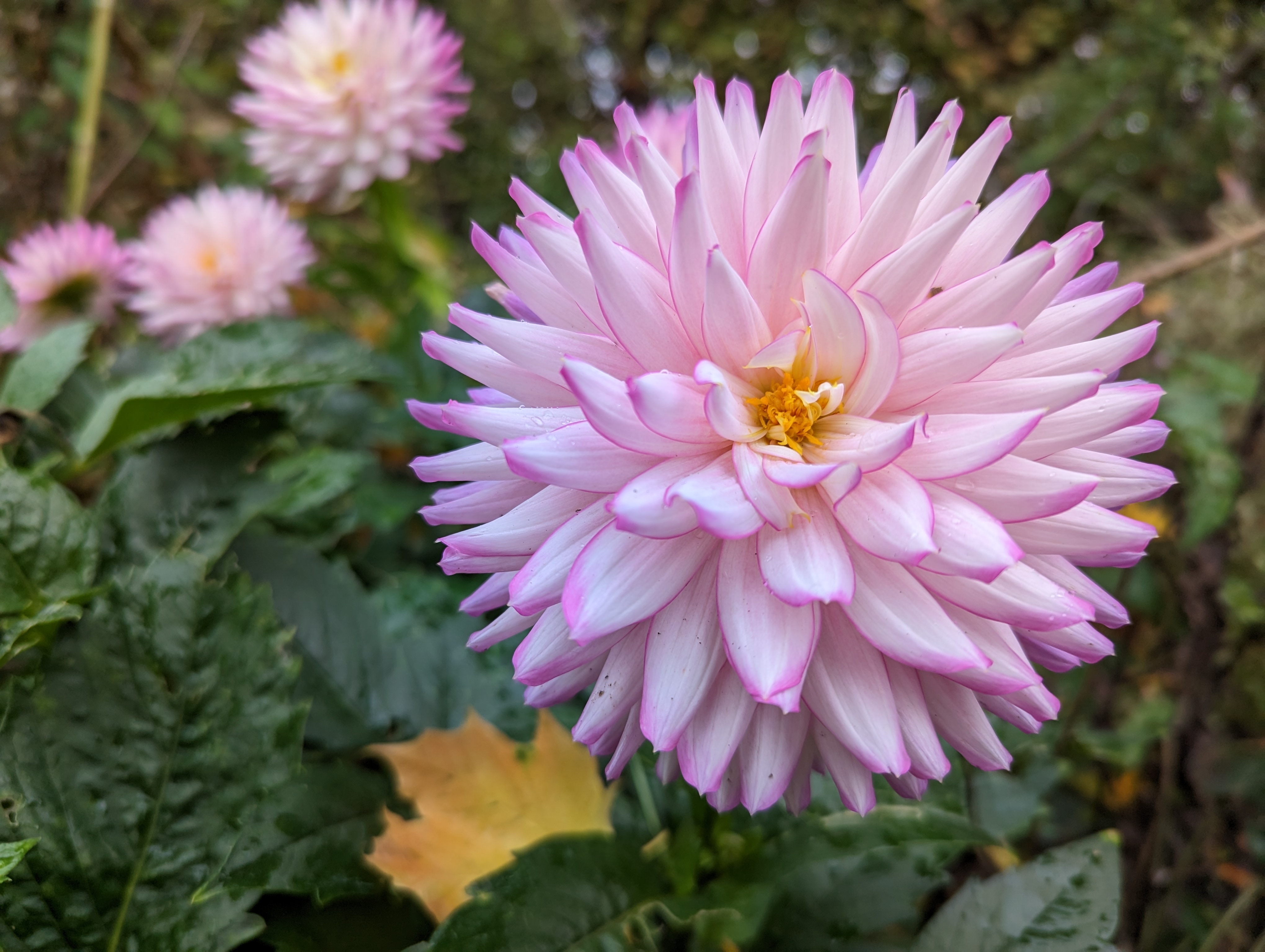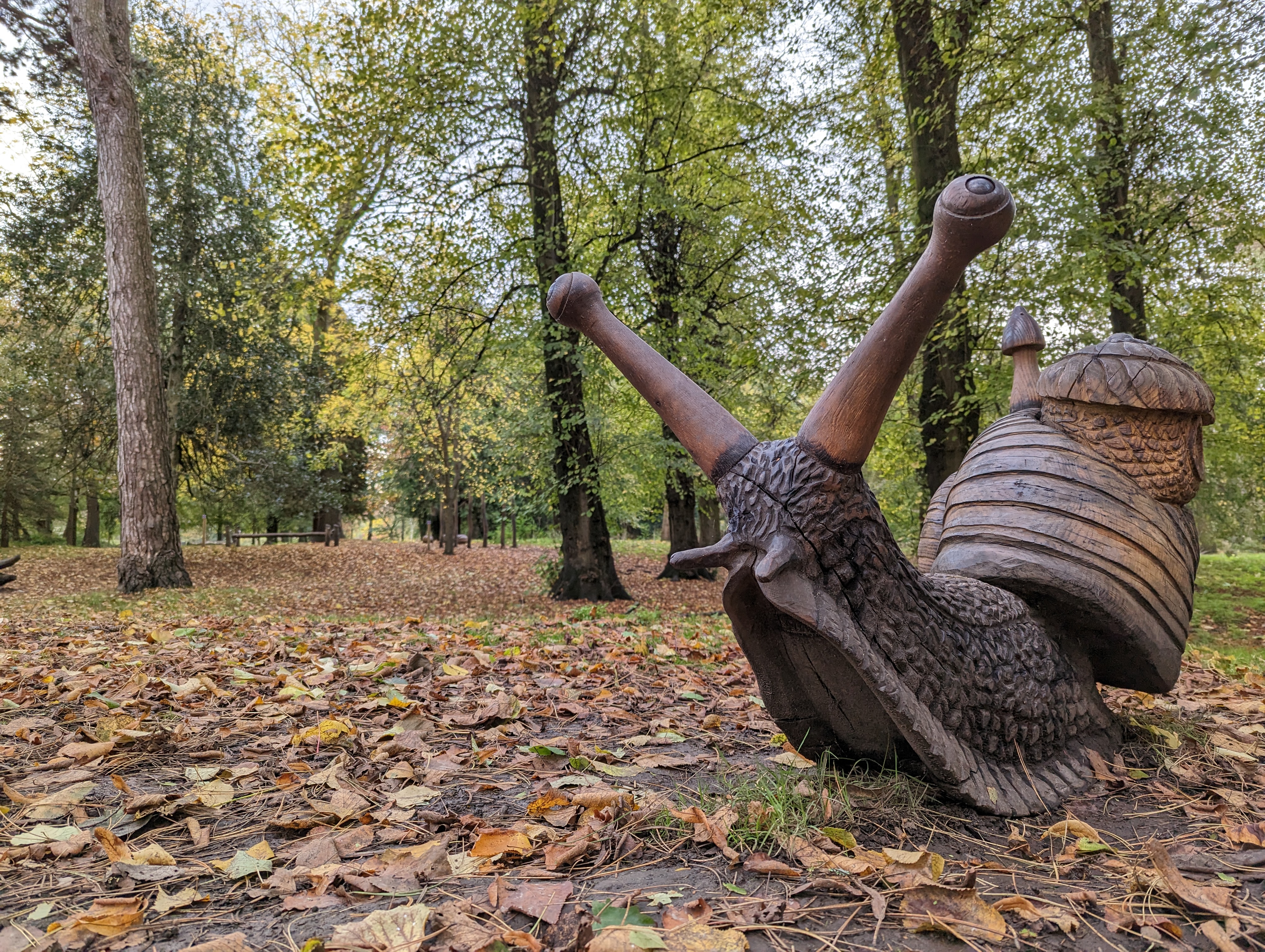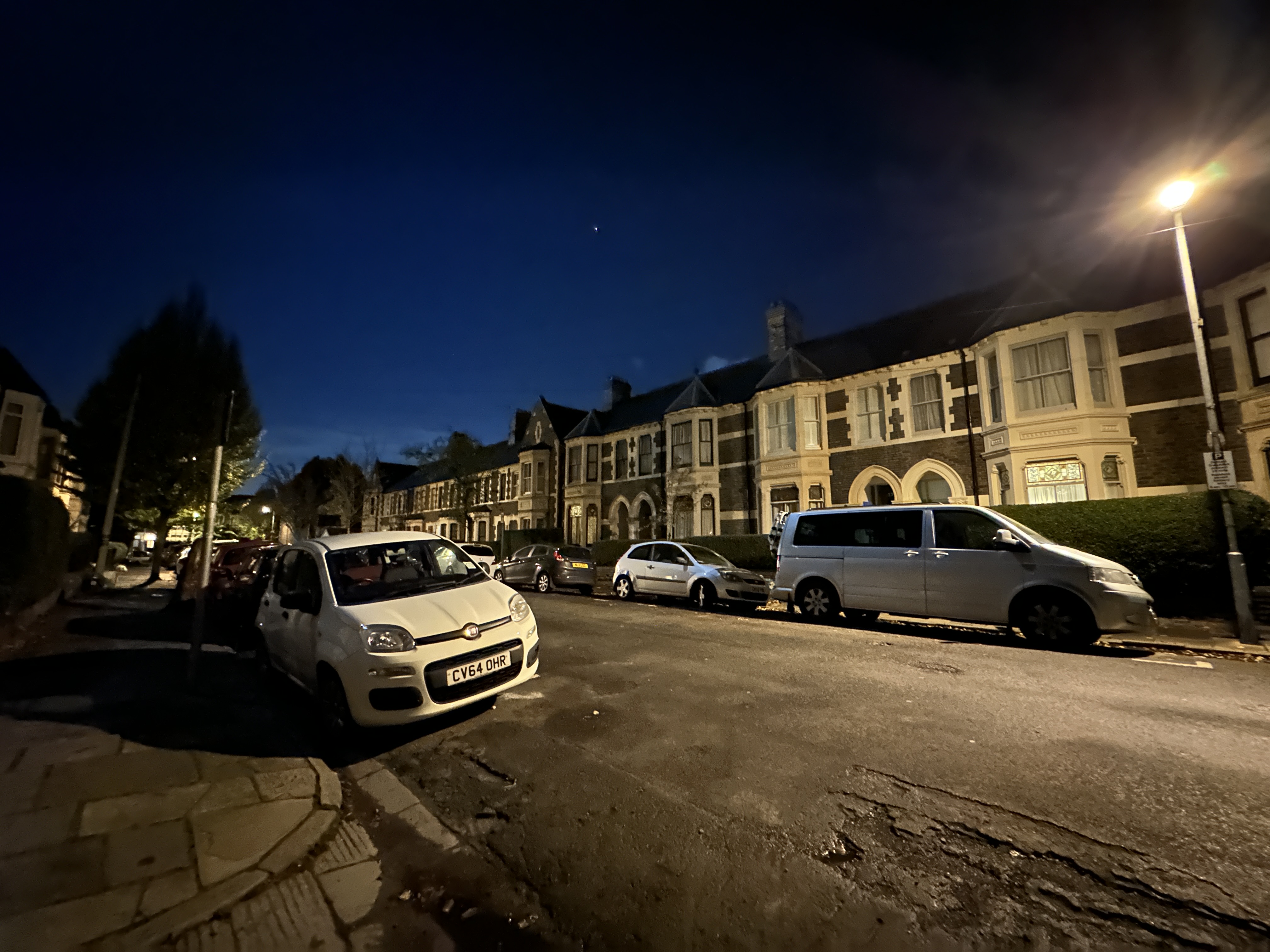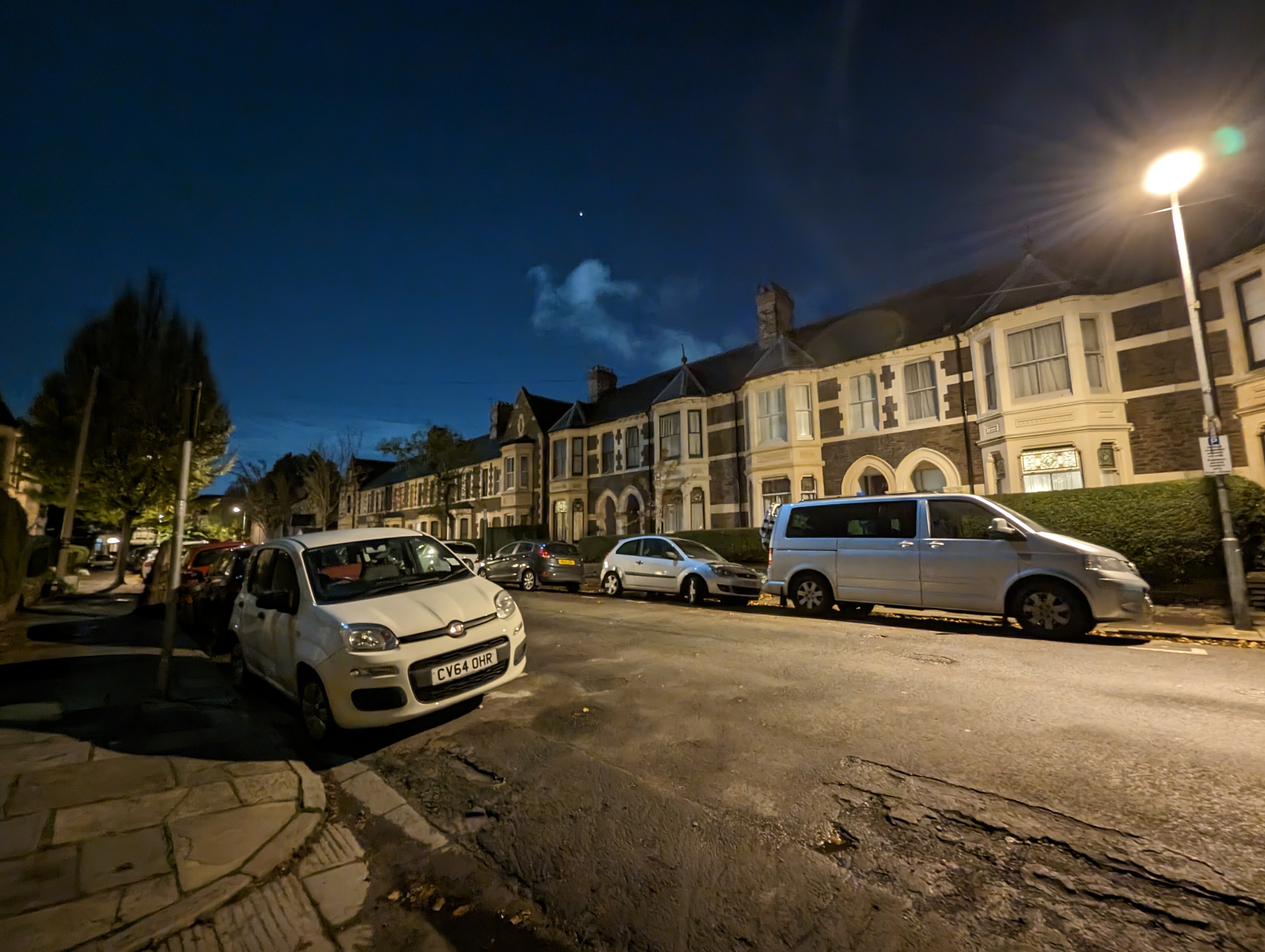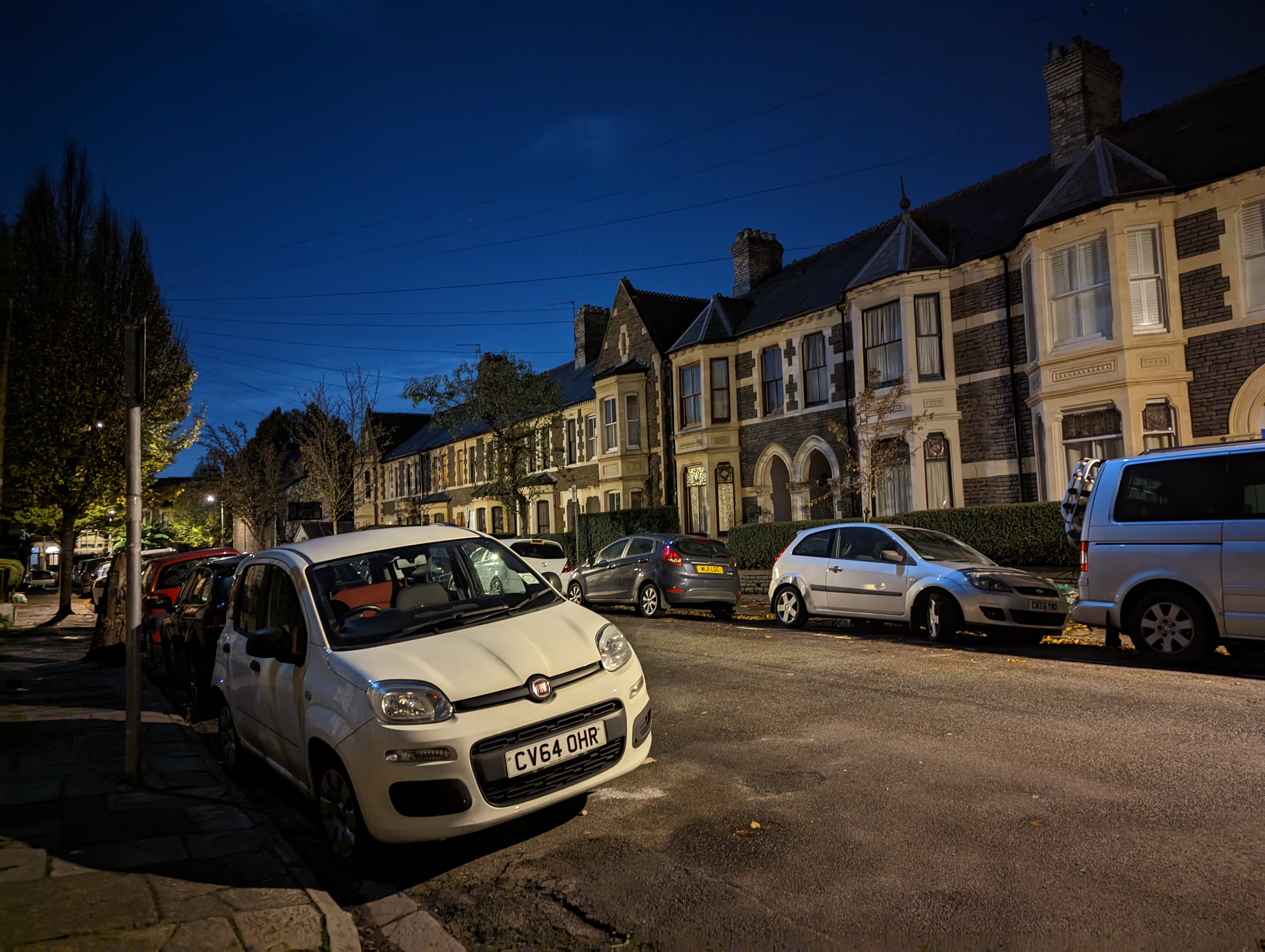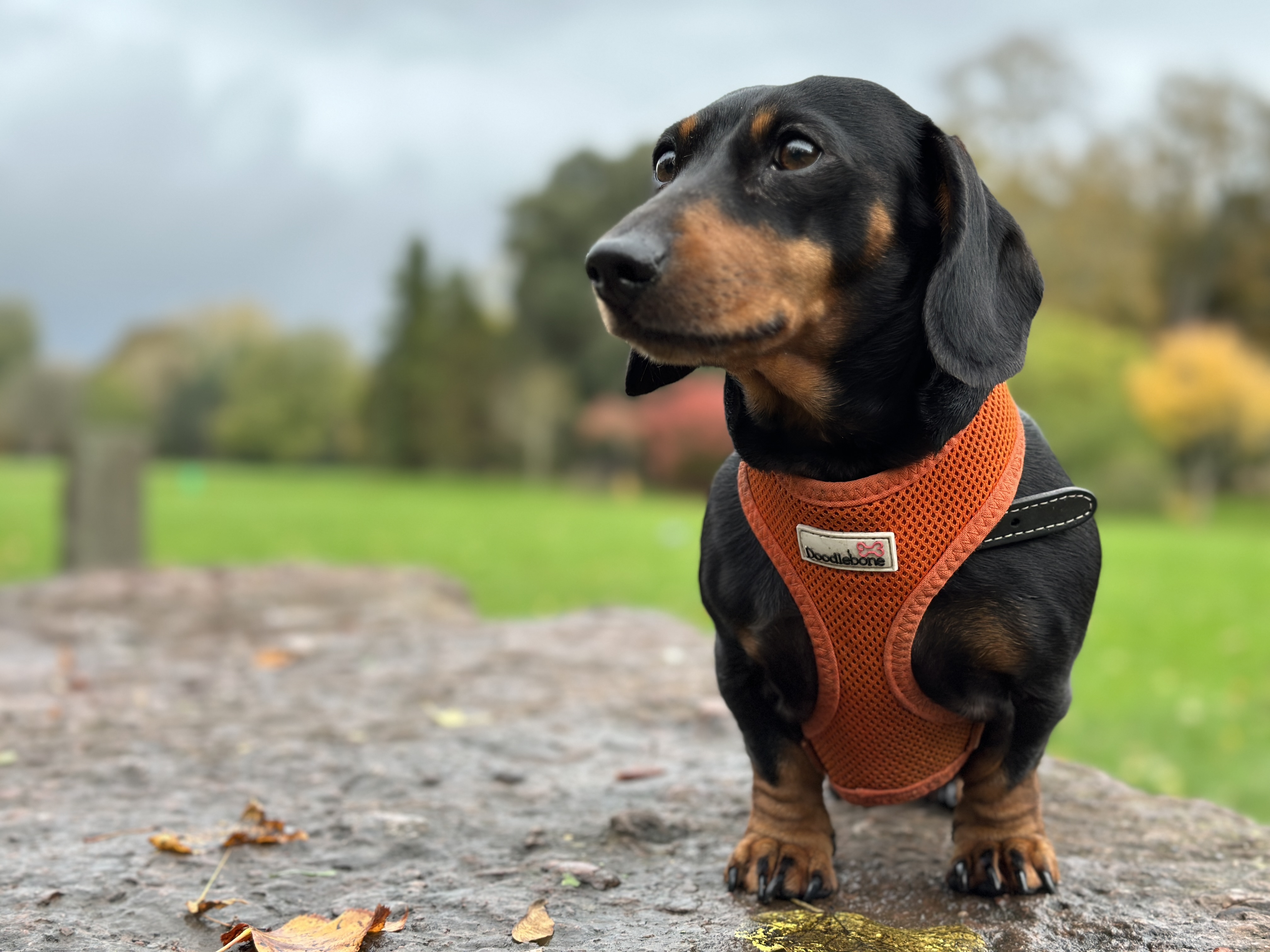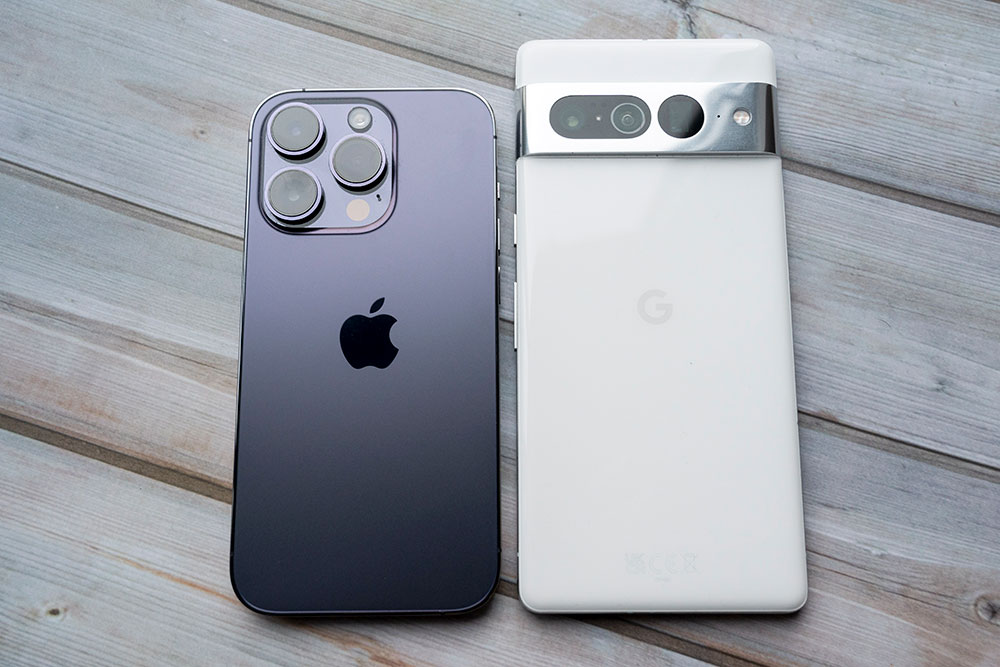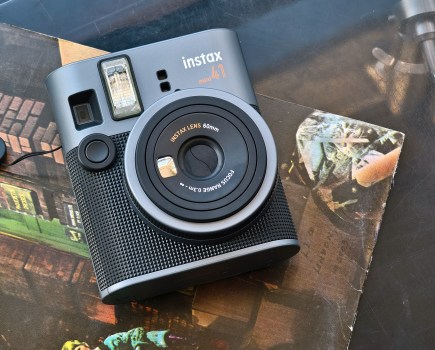Weighing up an iPhone 14 Pro vs Google Pixel 7 Pro? Amy Davies pits the two smartphones head to head to test how their cameras perform.
The quality of the camera has become a central consideration of choosing a new smartphone. They have made photographers of everybody, and even long-time camera enthusiasts shoot with them now.
[If you’re still weighing up whether to shoot on a phone or a proper camera, check out our piece on smartphone vs digital camera: which is better? We also have handy tips for everybody on how to take better smartphone photos]
We want to know that our smartphone camera can capture exceptional images in different conditions. Two of the best just now are the Google Pixel 7 Pro and the iPhone 14 Pro – so which has the better camera?
Both of these devices made it last year to our list of the best smartphones for photographers. Each has undergone full testing and review by our technical team, and both earned a high rating of 4.5 stars out of 5. Read our Google Pixel 7 Pro review and our iPhone 14 Pro review to get the lowdown for yourself; suffice to say, this is going to be a close one.
We’ve taken both phones out together for a side by side comparison of their camera modules.
Camera specifications
First, a look at the two phones on paper. What camera components do they offer, and what do their manufacturers claim they can do?
Both the iPhone 14 Pro and the Google Pixel 7 Pro have a triple camera setup. It’s the second time that the Pixel has included a third lens in its array (the 6 Pro being the first). So, you get a standard wide-angle (1x) lens with both models, joined by an ultra-wide-angle lens (0.5x) and a zoom lens (3x for the iPhone, 5x for the Pixel).
The main camera on the iPhone 14 Pro has a 48 megapixel sensor, while the Pixel has a slightly higher resolution sensor at 50 megapixels. This is simply a minor design difference with little technical impact on image quality.
The ultra-wide lenses on both have 12 megapixel sensors with auto-focus (AF). The biggest difference is in the zoom/telephoto lenses. The Pixel 7 Pro’s has a 48 megapixel sensor and a 5x telephoto reach, while the 3x telephoto in the iPhone 14 Pro has just 12 megapixels.
In terms of other lens specifications, the iPhone’s main camera has an aperture of f/1.78 and features optical image stabilisation (OIS), the ultra wide has an f/2.2 lens, while the 3x zoom lens is f/2.8 and again has optical image stabilisation.
The Pixel’s main camera has an aperture of f/1.85 and it has both optical image stabilisation and electronic image stabilisation (EIS). The ultra wide is f/2.2, and the zoom lens is f/3.5 and again has both OIS and EIS.
Other camera-related specifications include 4K video at up to 60fps, slow-mo shooting and shallow depth of field in video effects, and both models offer these.
Camera apps and shooting modes
Nowadays, specialist shooting modes such as Night Mode and Portrait Mode are considered obligatory on new smartphones. Users expect to have them, and that they work well. Here we check out what modes and functions the iPhone 14 Pro and Google Pixel 7 Pro have to offer.
Both the iPhone and Pixel have relatively fuss-free native camera apps. That’s good news if you want to concentrate on composition, but the simplicity is frustrating for advanced photographers who want to make changes to settings. Neither phone offers an “advanced” mode, though you can shoot in raw format with both.
Low-light shooting is done through a selectable “Night Sight” mode on the Pixel, while the iPhone Night mode activates when it detects low light. The Pixel also has an Astrophotography mode which can be used with a tripod or other steady support.
As is common among smartphones, both have a Portrait mode which allow creation of shallow depth-of-field effects with a range of subjects: not just humans.

New for the Pixel is a macro mode, which automatically activates when the phone detects a close subject – this can be switched off. The iPhone 14 Pro also has a macro mode, following on from the 13 Pro. It works in the same way as the Pixel’s, automatically activating in the right conditions, using the ultra-wide camera and cropping into the frame.
Both phones include video recording modes, with the iPhone having a separate “Cinematic” mode for creating shallow depth of field effects. The Pixel has a similar mode, which is also called “Cinematic”.
One mode that the Pixel has that the iPhone doesn’t is “Motion”, which allows you to create long exposures and panning shots directly in camera.
Image quality
We conduct a thorough examination of the images the two phones produce, using the same subjects for fairness. We look at how day-to-day shots appear on a phone screen, before opening them up on a computer for a more detailed inspection. We also try out the telephoto zoom modes to see how these affect image quality.
Comparing general images taken in good light and across a variety of subjects shows that the image quality is very similar. Looking at images on their phone screens gives the best view, but even looking at them on a computer screen shows that the two are very well matched.
For those using their smartphone for day-to-day shots like these, then the Pixel 7 Pro offers more or less the same output for less money. To be critical, though, the 7 Pro produces images which have a slightly more “HDR”-type effect, which didn’t suit every scene. The Pixel 7 Pro also seems to produce slightly warmer results which are attractive. But the iPhone’s shots are more realistic to the scene.
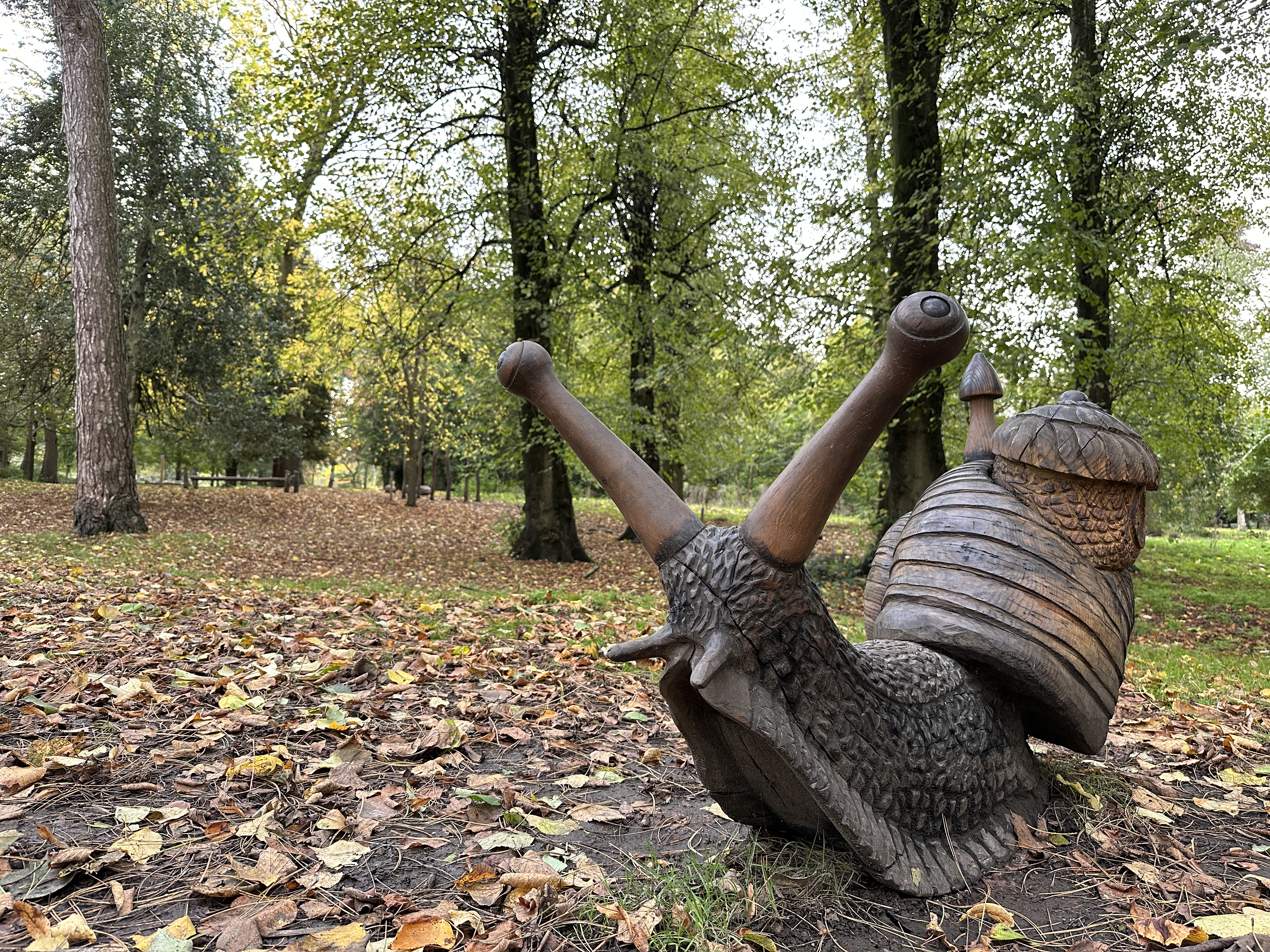
The Pixel 7 Pro has a more flexible 5x zoom (117mm equivalent) and the quality roughly matches the results from the iPhone 14 Pro’s 3x telephoto (77mm). The quality is similar, but if you want more zoom power, the Pixel 7 Pro is probably the better option.
Low light
Both of these smartphones have a dedicated low-light / night mode. We tested it with a very low light scene, to really push the limits of each device. Both put in a good performance, doing particularly well when using the main camera.
Switching to the ultra-wide lens, the details become a little fuzzier; but they perform similarly. There’s perhaps slightly more detail visible in the iPhone shot, but not much. The Pixel 7 Pro is also more susceptible to lens flare.
The “2x” lens on both devices actually uses a crop of the main sensor. Both perform well at this setting: the Pixel perhaps having a touch more detail.
When light is very low, the telephoto night mode in both of these phones uses a crop of the main sensor. The results at 3x (iPhone) or 5x (Pixel), are not particularly pleasing, and it’s something you’d want to use only sparingly. When light is a little better (but still low enough to use Night mode), better results are achieved.
It’s worth noting that the Pixel 7 Pro (and other Pixel phones in the series) offers an Astrophotography mode designed to help you capture stars, with particularly long exposures possible when using the phone on a tripod or other stable surface.
Overall, the two are evenly matched for low light shots, and we find no objective superiority of one over the other.
Macro photography
Close-up modes have also come into vogue in recent generations of smartphones, and both the Google and Apple phones have macro modes that kick in automatically when you bring the device close to a subject.
Here again, we see that both phones take a great picture, with little between them. Upon closer examination, though, we detect a little more detail in the iPhone shot, but the Pixel’s shot is a little warmer. As this is a macro test, we’d prefer detail over warmth. Your choice may come down to points of personal taste like this, as both are great for grabbing those close-up shots.
Portraits
Shallow depth-of-field effects have been a common staple among smartphones for quite a while now.
Both models create a distinct visual separation from the background here. The iPhone lets you take portraits with a wider view, whilst the Pixel 7 Pro starts with a more cropped image, matching the 2x option on the iPhone. Results from this are similar, although the Pixel 7 Pro seems to have the edge slightly, particularly in detail on the subject’s face.
However, the iPhone’s result is much more attractive when using the 3x option as it uses the telephoto camera. This appears to be about equivalent to using the Pixel’s 2x option in terms of cropping – but not its quality, as the Pixel 7 Pro uses digital zoom for this.
The iPhone also has a choice between 1x, 2x and 3x zoom settings, making it a more flexible option for including more of the background view. The Pixel 7 Pro, however, doesn’t enable the 5x telephoto camera for portraits. Both work well with either human and non-human subjects.
Video
Both phones promise high-resolution video, but how does the footage actually look in the real world? We tested out the ‘Cinematic’ modes the phones offer, as well as the stabilisation tools.
We’ve got fairly similar video specifications between the two models here. Both offer up to 4K 60fps shooting, with no sign of the 8K found on models like the Samsung Galaxy S22 Ultra. The iPhone gives you the option to also use “ProRes” video recording, which is available in 4K – but only if you have a 256GB or above model (you can shoot in ProRes at Full HD if you have a 128GB model). ProRes recording produces large files but gives more leeway for colour grading on a computer.
There’s also Cinematic mode for both devices, which creates shallow depth of field effects in video. The iPhone’s looks more natural than the Pixel’s (which is easily confused), but it’s likely this will improve with future updates.
Both offer stabilised video options, which are useful if you’re trying to create video will moving – such as while jogging. Both also have slow-mo video, and other functions such as time-lapse.
Screen and design
How you interface and interact with a smartphone is a hugely important part of taking pictures. With the iPhone you can opt for either the standard 14 Pro model (6.1-inch screen), or you can plump for the larger 14 Pro Max model (6.7-inch screen), which is the same size as the Pixel 7 Pro. The smaller iPhone 14 Pro is better suited to those with smaller hands (or smaller pockets), and is also easier to use for day-to-day tasks like sending texts.
There’s no difference between the iPhone 14 Pro and the Pro Max models when it comes to camera specifications.
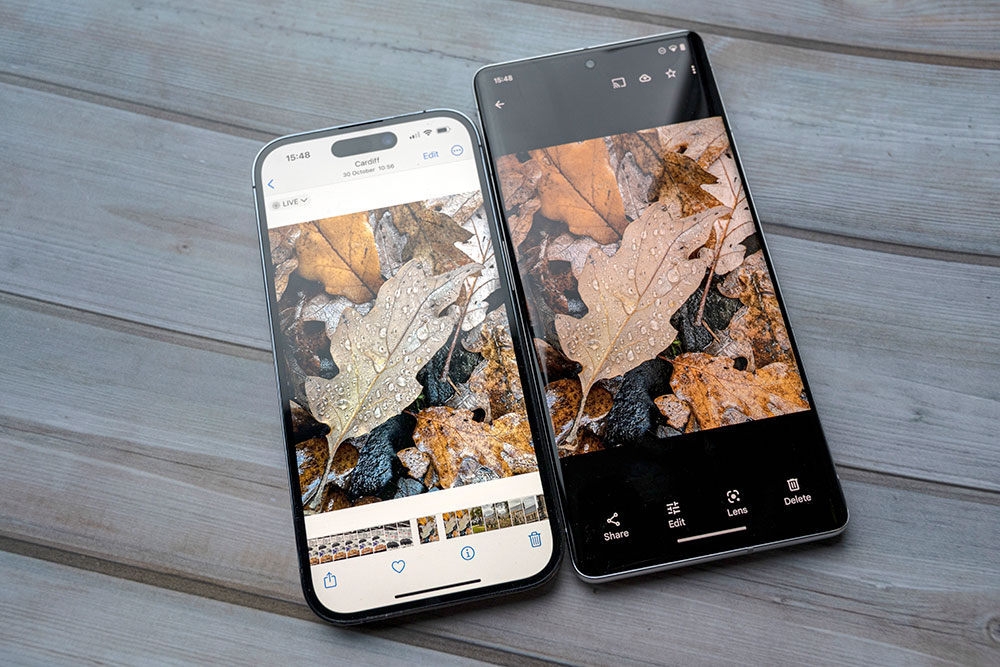
The Pixel 7 Pro is only available in one size (unless you go for the smaller Pixel 7, which lacks some of the features of the 7 Pro). That’s ideal if you like a bigger screen, but perhaps less good news if you want something more compact. The Pixel 7 Pro has a higher resolution (3120 x 1440) than even the larger iPhone 14 Pro Max (2790 x 1290), but, if you place the two side by side, it’s not immediately obvious – they both look very good with vibrant and bright displays.
Although the Pixel 7 Pro has the same size screen as the iPhone 14 Pro Max, the actual phone itself is slightly larger and very slightly narrower. Measuring up at 162.9 x 76.6 x 8.9mm, it compares against 160.7 x 77.6 x 7.85mm for the iPhone 14 Pro Max. Just to note that the standard iPhone 14 Pro measures up at 147.5 x 71.5 x 7.85mm.
The Pixel 7 Pro has a slightly sleeker look about it, with more rounded edges than the boxier appearance of the iPhone 14 Pro. Which you prefer is likely a matter of personal taste. Both phones are IP68 rated, which means that they can withstand dust and water. Both also have “tough” features like a Corning Gorilla Glass Victus Screen (Pixel 7 Pro) or a Ceramic Shield Screen (iPhone 14 Pro).
Battery life and storage
The best smartphone camera in the world is no use if the battery dies after a few shots, or if you can’t capture more than a couple of video clips before getting storage-limit warnings. Annoyingly, Apple does not like to disclose its official battery specifications, but we can gauge its performance by both its quoted battery life and real-world testing. Google says the Pixel 7 Pro has a 5000 mAh battery. Looking at battery life quotes alone, we can see from these things that both the Pixel and the iPhone have pretty similar capabilities.
Apple says that the iPhone is good for 23 hours, or 29 hours (video playback) if you opt for the larger 14 Pro Max. Meanwhile, the Pixel 7 Pro’s battery life is quoted at 24 hours for video playback. In real-world usage, we’ve found that both phones last a full day of “normal” usage, which includes not only taking pictures and video, but of course browsing the web, using apps and making calls etc. The Pixel 7 Pro also has the option to enable “Extreme Battery Saver”, which means your phone can last up to 72 hours, but means you lose certain features.
Both of the models offer fast charging and wireless charging with compatible chargers. Neither provide a charging plug in the box, but both do come with USB cables.
Neither of these phones give you the option to expand your capacity once you’ve bought the phone. If you think you’re going to need a lot, you’ll need to pay for it at the point of purchase. The base amount of storage for both models is 128GB, which rises to 512GB for the Pixel 7 Pro, and 1TB for the iPhone 14 Pro. At the time of writing, it doesn’t seem like the 512GB version of the Pixel 7 Pro is available to buy in the UK.
Price
And finally, the big question – what’s the damage? It probably won’t surprise you to learn that the iPhone is the more expensive of the two, but does it justify the extra outlay?
Some of these aspects may be more important to you than others, so let’s get into the nitty-gritty as we pit the iPhone 14 Pro vs the Google Pixel 7 Pro.
One of the best things about the Pixel 7 Pro is that it’s available at a reasonable price, especially for a flagship model.
If we compare that with the iPhone 14 Pro Max there’s quite a price disparity – and you don’t seem to get too much more for your money (apart from the Apple name). The smaller iPhone 14 Pro is a little cheaper, but it’s still a hefty chunk of change.
For those looking for a class-leading smartphone, but without the massive budget to back it up, the Pixel 7 Pro is certainly better for your finances.
iPhone 14 Pro vs Google Pixel 7 Pro: Verdict
There are plenty of excellent features with both smartphones, and both produce great pictures and video in a variety of different situations.
If we had to choose one, then the iPhone 14 Pro probably edges it just slightly, giving better Portrait results, and slightly better Night time results. Then again, the Pixel has better zooming capabilities. It’s certainly true that the iPhone isn’t so much better that it merits the extra outlay, especially if cost matters.
Overall, the two are pretty evenly matched in almost every respect. If you prefer iOS, then you might want to consider one of the older Apple models to save cash, but if you’re not fixed to Apple, then the Pixel 7 Pro is the smart choice.
Related articles:
- Google Pixel 7 Pro review
- iPhone 14 Pro review
- iPhone 14 Pro vs iPhone 13 Pro Compared
- iPhone 14 Pro vs Samsung S23 Ultra: which smartphone is best for photographers?
For more budget options have a look at our guide to the best budget smartphones for photography.
Follow AP on Facebook, Twitter, Instagram, YouTube and TikTok.

